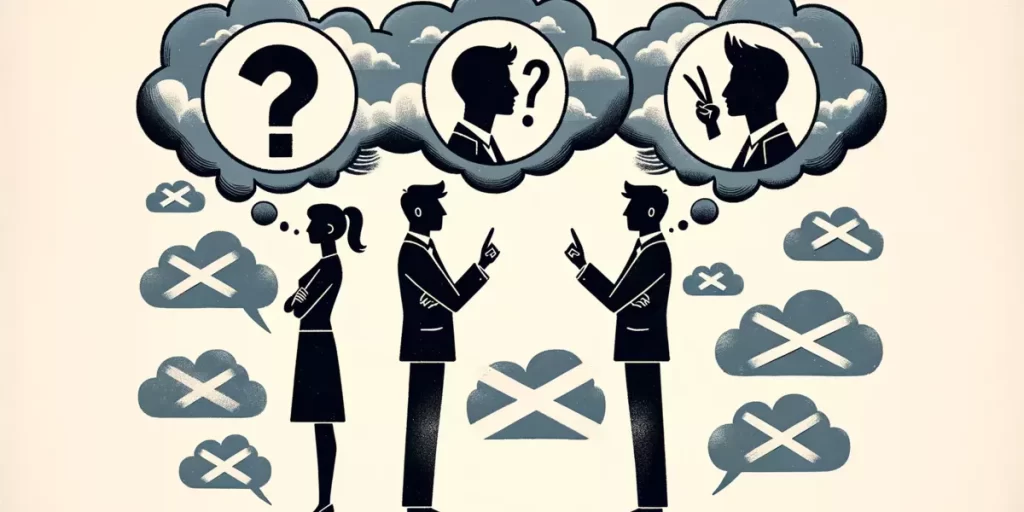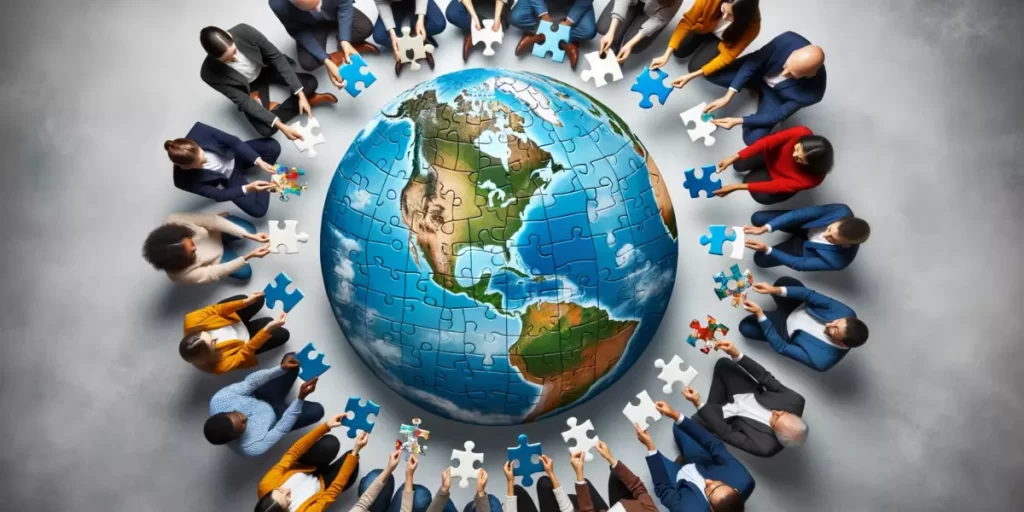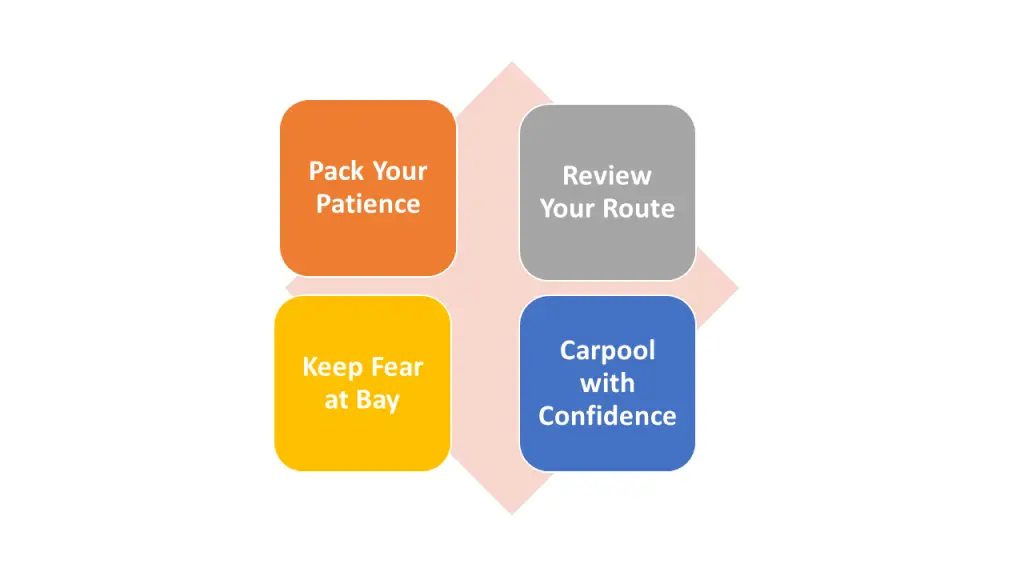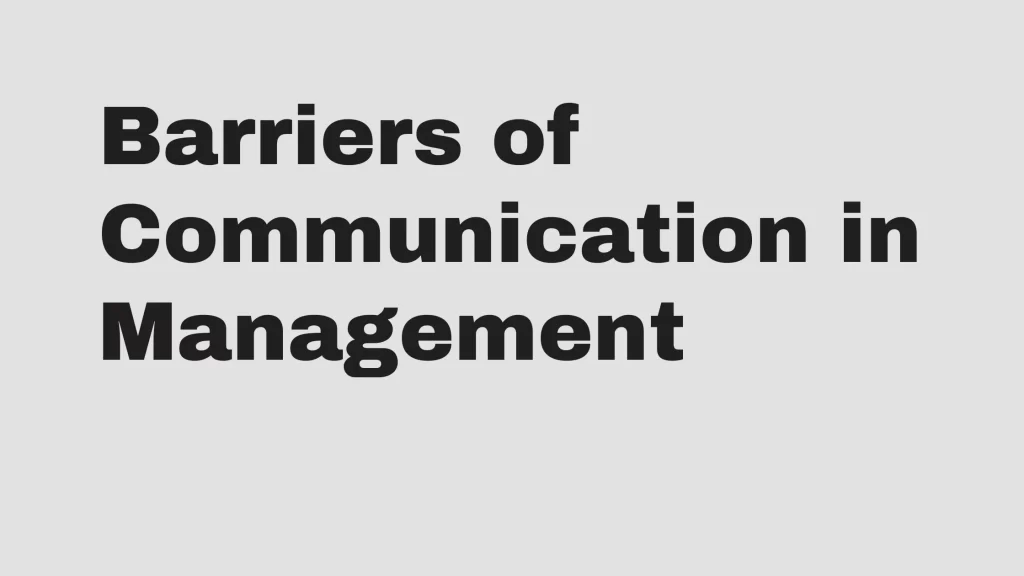Communication is the lifeblood of human interaction, the invisible bridge that connects us all. But what happens when this bridge is obstructed by unseen forces, hindering the flow of thoughts and emotions from one mind to another? Enter the realm of psychological barriers in communication, a fascinating yet often overlooked aspect of human behavior.
Imagine a scenario where words are spoken but not truly heard, where intentions are misunderstood, and emotions remain unexpressed. These barriers can create a maze of confusion and misinterpretation, leading to strained relationships and missed opportunities for connection.
Contents
What is Psychological Barriers to Communication
Psychological barriers in communication are mental or emotional blocks that can hinder the exchange of ideas or messages between people. These barriers can stem from a variety of sources, including personal experiences, emotions, perceptions, and attitudes. They often lead to misunderstandings, misinterpretations, and conflicts, reducing the effectiveness of communication.
Contributing Factors to Psychological Barriers
Factors contributing to these barriers include cultural differences, emotional states, diverse communication styles, personal biases, and individual perceptions. For example, cultural norms can vary, affecting interactions; emotions can distort message reception; and biases based on personal experiences can skew understanding.

Why Do We Face Psychological Barriers When Communicating?
We face psychological barriers when communicating due to a variety of internal factors and external influences that affect how we process and convey information. These barriers can be deeply rooted in our emotional, mental, and cultural experiences. Here are some key reasons why these barriers arise:
Emotional States
Our current emotional state significantly influences how we communicate. Feelings like anger, sadness, anxiety, or joy can color our perception and expression, potentially leading to misinterpretations or a failure to convey our true intent.
Stress and Anxiety
High levels of stress or anxiety can hinder our ability to focus and communicate effectively. They may cause us to misinterpret messages, struggle to articulate thoughts clearly or become overly defensive or withdrawn in conversations.
Low Self-Esteem
Individuals with low self-esteem may doubt their ideas and opinions, leading to difficulties in expressing themselves. They might also misinterpret neutral or positive feedback as negative, further complicating communication.
Cultural Difference
Cultural backgrounds shape our communication styles, norms, and expectations. When interacting with individuals from different cultural contexts, misunderstandings can arise due to differing interpretations of verbal and non-verbal cues.
Negative Past Experiences
Previous negative experiences in communication can lead to a reluctance to engage openly in future interactions. This might manifest as a fear of judgment, rejection, or misunderstanding, creating a barrier to effective communication.
Personal Biases and Assumptions
We all carry biases and assumptions based on our experiences and backgrounds. These can lead us to make incorrect assumptions about others’ intentions or meanings, leading to misunderstandings.
Differences in Perception
Each person has a unique way of perceiving the world, influenced by their individual experiences and beliefs. This can lead to different interpretations of the same information, making it challenging to achieve a mutual understanding.

Is Noise a Psychological Barriers to Communication?
Yes, Noise can be considered a psychological barrier to communication. Noise can refer to any external or internal distractions that interfere with communication. External Noise can include physical Noise, such as loud music or construction noise, while internal Noise can include mental distractions, such as stress, anxiety, or fatigue.
When Noise is present, focusing on the message can be challenging, leading to misunderstandings or misinterpretations. External Noise can make it difficult to hear or understand the speaker, while internal Noise can make it challenging to concentrate or retain information.
Additionally, Noise can create psychological barriers by increasing frustration, anxiety, or confusion. For example, if a speaker is trying to communicate an important message, but the listener is distracted by external or internal Noise, they may become frustrated and feel like they need to be heard or understood. This can lead to further breakdowns in communication and ultimately hinder the effectiveness of the communication process.
Therefore, it is essential to minimize Noise in the communication environment and address any internal noise, such as stress or anxiety, that may be present. By doing so, individuals can improve their ability to communicate effectively and overcome any psychological barriers that may be present.
Overcome Psychological Barriers to Communication
Psychological barriers like inferiority complex, fear of judgment, or anxiety can often limit the smooth flow of conversation. So how do we clear the way for an unfiltered exchange of thoughts? Here’s our roadmap!

Pack Your Patience
Conversations aren’t about racing towards conclusions; they are journeys to understand perspectives. If anxiety is your barrier, breathe easy and slow down. Give yourself time to process information before you formulate responses.
Review Your Route
Preconceived notions pull us into a rut and bring meaningful dialogue to a grinding halt! Be mindful of pre-judgments you may have about others; remember each individual carries unique experiences that shape their world view.
Keep Fear at Bay
Fear of being misunderstood or judged can disrupt the free expression of ideas. To get past this hurdle, focus on expressing your message without worrying too much about perception. Easier said than done but remember everyone has insecurities.
Carpool with Confidence
Having positive self-esteem allows us to believe in our ideas and express them freely without hesitation. Tune out negative internal chatter that suggests you wouldn’t be understood—make ‘confidence’ your co-passenger.
Breaking away from these psychological barriers is not an overnight journey—it needs patience,
practice, and persistence. But with every step you take towards open-minded, non-judgmental communication, that’s one barrier less in your journey. So, shall we smooth out this road of conversation together?
FAQs:
How can cultural differences create psychological barriers in communication?
Cultural differences can lead to misunderstandings and communication breakdowns. These differences can manifest in different ways, such as language barriers, social norms, and values.
How can personal biases affect communication?
Personal biases can affect our communication by leading us to make assumptions about others based on our preconceptions. These biases can arise from our experiences, cultural backgrounds, or upbringing.
Can emotional states impact communication?
Yes
Conclusion
Psychological barriers in communication can hinder the effectiveness of a message being conveyed. Knowing how our body language, personal space, and tone of voice can influence how others interpret our messages is essential. Furthermore, practicing active listening techniques is beneficial to understand better what someone is trying to communicate to us. By understanding these barriers, we can better bridge any gaps that may be present in communication. Therefore, open dialogue between all parties is essential for successful communication.
Boko Ducky has over 10 years of experience in helping individuals and organizations improve their communication skills.



